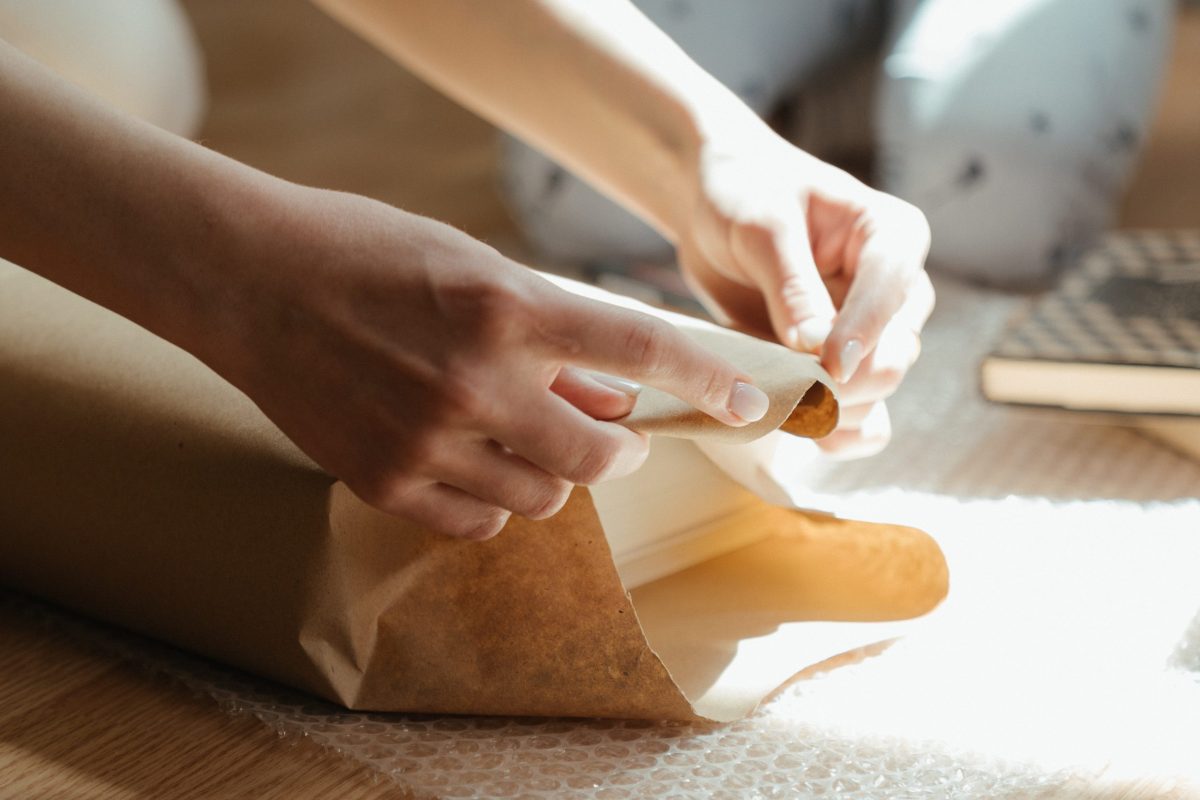When it comes to packaging, the devil is in the details. Getting the last element of a product down to a T is essential for a successful launch. The right choice can make or break your product’s success.
The packaging material you choose should be able to protect your product during transport and storage while also presenting it in a way that makes consumers want to buy it. It’s essential to research and find the right product and target market for your product.
Here are some statistics that highlight the importance of getting packaging right:
- In a study by SymphonyIRI Group, products with attractive packaging had a 19% higher chance of being purchased than those without appealing packaging.
- A study by MarketingSherpa that 79% of consumers say that they are more likely to buy a product if the packaging is appealing.
- According to Nielsen, global spending on package design remains expected to reach $302 billion by 2019.
Getting the packaging right is essential for success. The suitable materials can make all the difference in whether consumers choose your product over the competition. Do your research, test different materials, and find what works best for you and your product. With that said, here are a few materials to consider.
Paper
Paper is one of the most sustainable and flexible packaging materials available. It can be recycled and reused and biodegradable, making it a responsible choice for the environment. Additionally, paper can get customized to fit the needs of any product. It can get printed with images and designs that grab consumers’ attention, making it an ideal choice for high-end products.
Companies can utilize paper packaging in a variety of ways. They can print labels, wrappers, and boxes out of paper or use them as a liner inside other materials such as plastic or metal. Paper is also a good choice for products that need to be displayed prominently in stores, such as food items or cosmetics.
When used correctly, paper packaging can be an effective way to attract buyers and set your product apart from the competition.

Plastic
As reliable and affordable as the paper is as a packaging material, it is not a durable option. Paper is suitable if you are shipping products that need to withstand a lot of wear and tear. In this case, plastic would be a better option.
Plastic is durable and can get used in a variety of packaging designs. It’s often used for food and beverage packaging to keep items fresh and prevent leaks. Plastic is also a good choice for products that must be shipped long distances or stored for extended periods.
Another advantage of plastic is that it’s transparent. This quality allows consumers to see the product before they purchase it, which can help make a sale.
While plastic has many benefits, it’s not the most environmentally friendly material. It’s made from non-renewable resources and can take hundreds of years to break down. Additionally, plastic often ends up in landfills or the ocean, harming wildlife.
When using plastic for packaging, it’s essential to consider the environmental impact and find ways to offset it. One way to do this is by using recycled plastic or plastic that can get recycled.
Metal
Like plastic, metal is a durable material that can protect products during shipping and storage. Metal is often for products that need to be sterile or kept fresh, such as food and beverage items.
Metal packaging comes in a variety of shapes and sizes. Cans are the most common type of metal packaging, but there are also foil wrappers and metal bottles.
Metal is a good choice for companies that want to create a high-end look for their products. Metal packaging often has a luxurious feel and can convey a sense of quality. However, making the metal package will require your to dedicate more resources to the process. Fortunately, you can partner with a metal casting factory to help you with the manufacturing process.
Glass
Glass is a classic material used for packaging for centuries. It’s often used for food and beverage products because it’s airtight and can preserve the quality of the product. Glass is also a good choice for companies that want to create an upscale look for their products.
While glass has many benefits, it’s not the most suitable packaging material. It’s breakable and can be heavy, making it more expensive to ship. Glass also requires more resources to recycle than other materials.
When using glass for packaging, it’s essential to consider the material’s cost and environmental impact. You should also make sure that your product can get shipped safely without breaking.
Final Thoughts
Businesses can use more materials for packaging their product, but these are some of the most popular materials. It’s essential to consider what your product needs before selecting a material. It would help to evaluate the materials’ cost and environmental impact.



